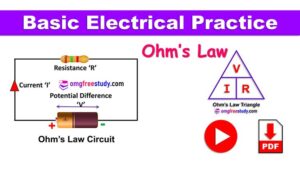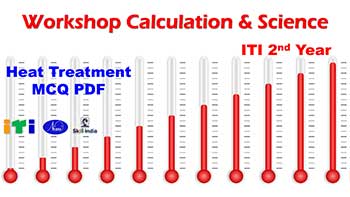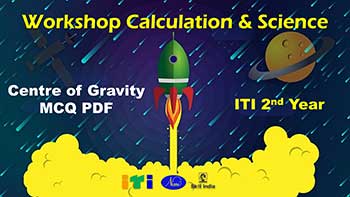Metal is a mineral used in most of the engineering works such as machineries, bridges, for tools making etc. So we must have basic knowledge about the Physical and Mechanical Properties of metals. The knowledge of different properties of metals will help us to do our job successfully.
Table of Contents
TogglePhysical properties of metals:
Physical properties of metals are listed below.
- Colour
- Weight/specific gravity
- Structure
- Conductivity
- Magnetic property
- Fusibility
Colour:
Every different metals have different colours, For example, copper is typical red colour and Mild steel is white/black sheen. Therefore by physical verification we can identify different metals.
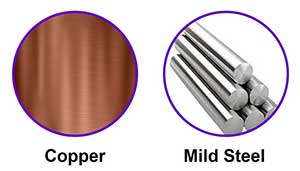
Weight:
Metals may be distinguished on the basis of their weights for given volume. If we compare weight of Metals like aluminium and lead, we find that aluminium is lighter than lead. Because Specific gravity of aluminium is 2.7 and Specific gravity of lead is 11.34.
Structure:
Generally metals can also be distinguished by their internal structures while seeing the cross section of the metals under a microscope. While seeing in microscope we find, wrought iron and aluminium have a fibrous structure and metals like cast Iron and bronze have a granular structure. Structures are shown in figure.
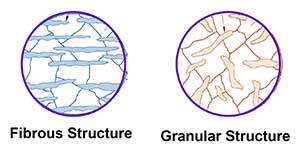
Conductivity:
Thermal and electrical conductivity are the ability of a material to conduct heat and electricity. Different metal having different Conductivity. For example, Copper and aluminium are good conductors for heat and electricity.
Magnetic property:
If any metal is attracted by a magnet, then this metal is said to possess the magnetic property. Almost all ferrous metals can be attracted by a magnet, except some types of stainless steel and all non-ferrous metals.
Fusibility:
When heat is applied on metal, it melts. Then we can say that, the fusibility property possessed by this metal. To transform the shape from solid to liquid it required different temperatures. For example, Tin has a low melting temperature as 232°C, while Tungsten melts at a high temperature as about 3370°C.
Mechanical properties of metals:
Mechanical properties of metals are listed below.
- Ductility
- Malleability
- Hardness
- Brittleness
- Toughness
- Tenacity
- Elasticity
Ductility:
A metal is said to be ductile when it can be drawn out into thin wires, without rupture under some tension. Ability of metals to drawing wire is depends upon the ductility property of a metal. The good example of ductile metals are Copper and aluminium.
Malleability:
When metal extended in any direction by hammering or rolling without causing rupture, then this property of metal is called Malleability. Lead is an example of malleable metal.
Hardness Property:
Hardness is an ability of metals to withstand scratching, wear and abrasion, indentation by harder bodies. The hardness of a metal can be tested by marking file.
Brittleness Property:
Brittleness is a property of a metal in which it permits no permanent distortion before breaking. Best example of brittleness is Cast iron, which will break rather than bend under shock.
Toughness:
Toughness is the property of metal which withstand shock or impact and opposite to brittleness. Example of a tough metal is Wrought iron.
Tenacity Property:
The ability of metal which resist the effect of tensile forces without rupturing. Examples of tenacious metals are Mild steel, Wrought Iron and copper etc.
Elasticity Property:
Elasticity of a metal is its power of returning to its original shape after the applied force is removed. Good example for elasticity is spring.
MCQ Questions Pdf of Material Science
MCQ Questions Pdf of Material Science include following topics.
- Material science – Types metals, types of ferrous and non-ferrous metals
- Physical and mechanical properties of metals
- Introduction of iron and cast iron
- Difference between iron & steel, alloy steel and carbon steel
- Material science – Properties and uses of rubber, timber and insulating materials
MCQ Question Is Taken From Bharat Skill Website Published By NIMI.
Download MCQ PDF of Material Science
